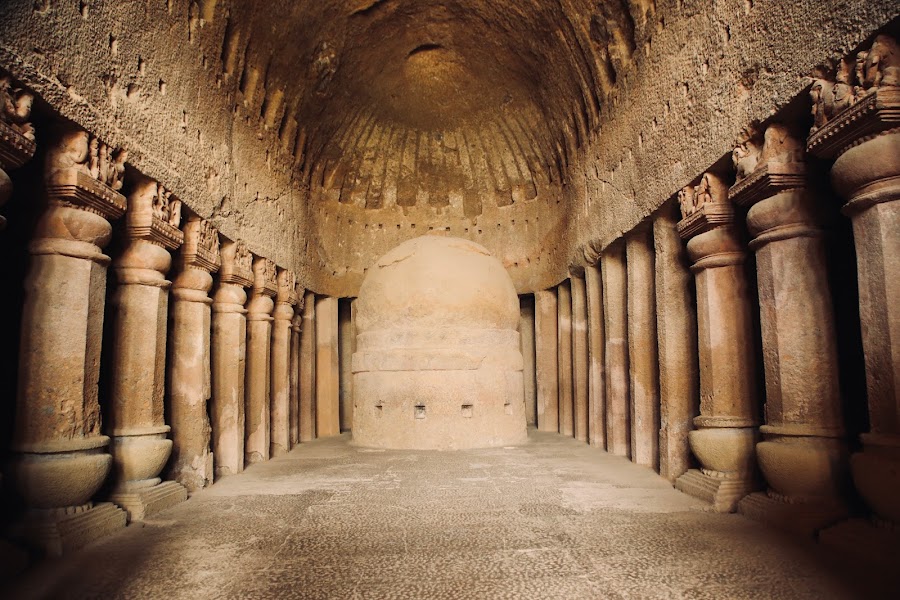
Kanheri Caves
Mumbai, India
- Capture stunning photographs of caves
- Enjoy the peaceful atmosphere of nature
- Explore the ancient caves and sculptures
- Hike through the Sanjay Gandhi National Park
- Learn about Buddhist history and culture
Known for:
Description:
Kanheri Caves are a group of 109 rock-cut monolithic basalt caves located within the Sanjay Gandhi National Park in Mumbai, India. These caves served as a significant Buddhist learning center and monastery from the 1st century BCE to the 10th century CE. The caves showcase intricate carvings, sculptures, and paintings depicting various aspects of Buddhist life and teachings. Visitors can explore the chaityas (prayer halls), viharas (monasteries), and other structures that reflect the architectural brilliance of ancient India. The caves offer a serene and peaceful environment amidst the bustling city, providing a glimpse into the rich history and culture of Buddhism.
History:
The Kanheri Caves have a rich history dating back to the 1st century BCE, with evidence of continuous inhabitation until the 10th century CE. Initially, they served as a vihara, a Buddhist monastery, and later became an important center for Buddhist learning and meditation. The caves were carved out of basalt rock using simple tools, showcasing the skill and dedication of the ancient artisans. Over the centuries, the caves witnessed the rise and fall of various dynasties, including the Mauryas, Satavahanas, and Silaharas, each leaving their mark on the cave's architecture and art. The caves also played a role in the spread of Buddhism to other parts of Asia, with monks and scholars traveling to and from the site.